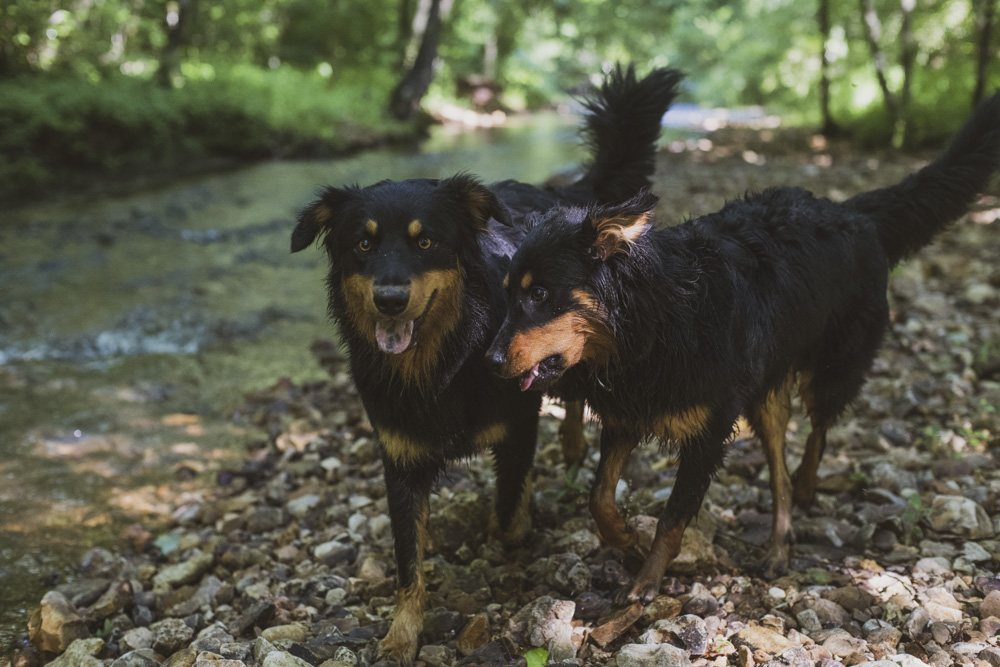Abstract
This article explores the development of farm dogs and how they are trained to become efficient working dogs. It provides an overview of the different stages involved in the development of farm dogs, including selection, socialization, and training. The article discusses the various factors that can impact the success of farm dogs in their roles on the farm, such as breed traits and individual temperament. Additionally, the article covers the importance of proper training techniques and the role of human handlers in the development of farm dogs.
Contents
A Collaborative Process
The unintentional collaboration among farmers to create a type of farm dog is a gradual process that develops over time as a result of the interactions between the farmers, their livestock, and the environment. The process is influenced by a number of factors, including geography, terrain, culture, predation, type of livestock, and commercialization.
Geography
Geography and terrain play a significant role in the development of farm dogs. In regions with rugged terrain or vast open spaces, farmers require dogs that are capable of covering large distances, negotiating rough terrain, and protecting their livestock from predators. Similarly, in regions with extreme weather conditions, such as hot summers or cold winters, farmers require dogs that can withstand the elements.
Culture use
Culture and tradition also play a role in the development of farm dogs. In many regions, farmers have relied on dogs for centuries to help them manage their livestock. These dogs are often considered a part of the farming culture and are valued for their skills and loyalty.
Predation
Predation is another key factor that influences the development of farm dogs. In regions where predators pose a threat to livestock, farmers require dogs that are able to protect their animals. These dogs must be strong, fearless, and capable of defending their territory.
Livestock
The type of livestock being raised also influences the development of farm dogs. Dogs that are used to manage cattle, for example, require different skills than those used to manage sheep or goats. Cattle dogs need to be able to move the animals over long distances, while sheepdogs need to be able to control large flocks in a confined area.
Commercialization
Commercialization also plays a role in the development of farm dogs. As farming practices become more industrialized and commercialized, the need for specialized dogs has increased. Farmers may require dogs that are trained to perform specific tasks, such as herding or guarding, or dogs that are specifically bred for their physical characteristics.
Conclusion
Over time, as farmers in a region interact and share their experiences, they may begin to develop a common understanding of the traits that make a good farm dog. They may begin to selectively breed their dogs to reinforce these traits, leading to the development of a distinct type of farm dog. This unintentional collaboration can result in the creation of breeds such as the English Shepherd, Australian Cattle Dog, the Border Collie, or the Anatolian Shepherd.
In summary, the process through which a region’s farmers unintentionally collaborate to create a type of farm dog is a complex and gradual one that is influenced by a variety of factors. Geography, terrain, culture, predation, type of livestock, and commercialization all play a role in the development of these dogs, which are valued for their skills, loyalty, and contribution to farming communities.

